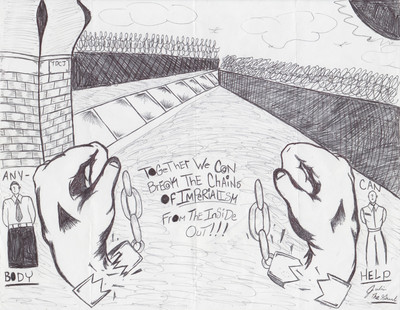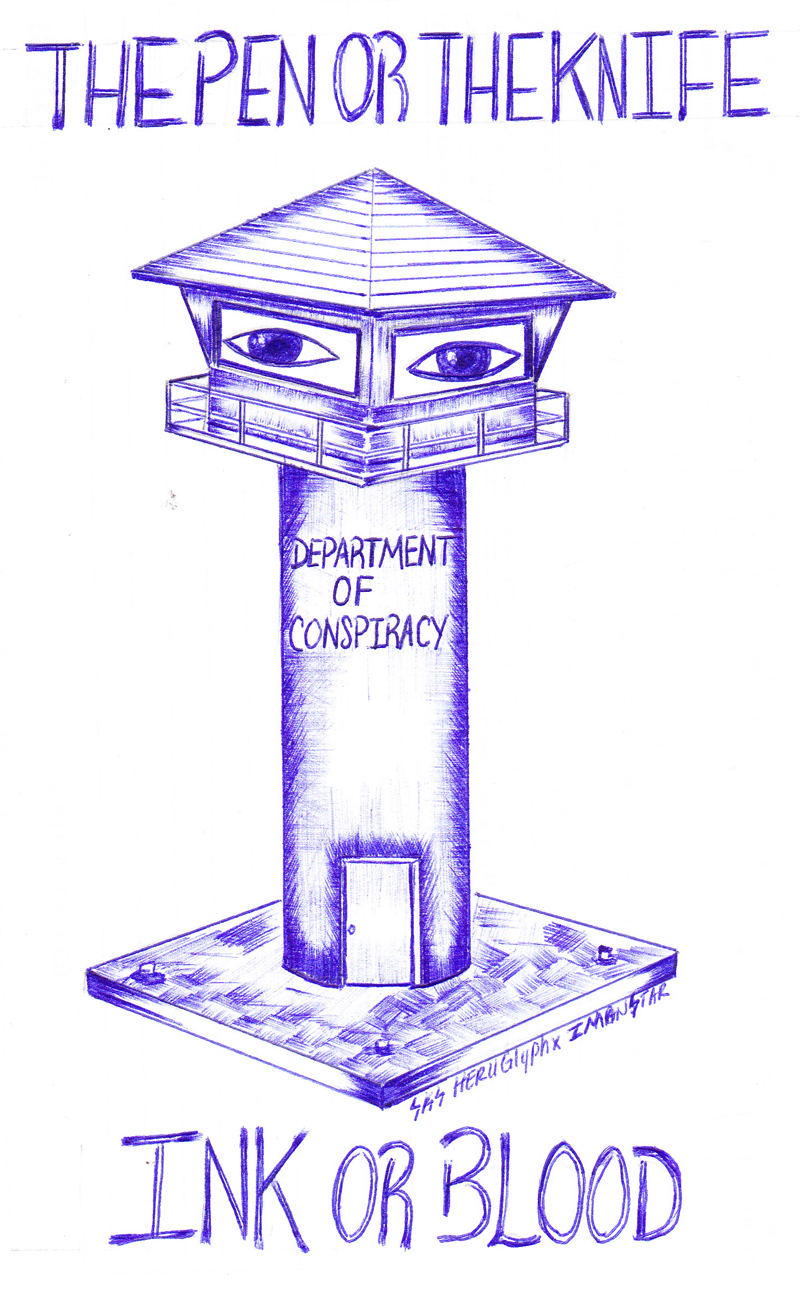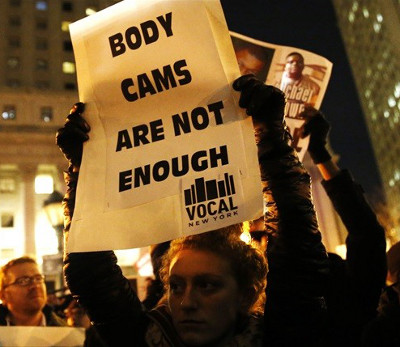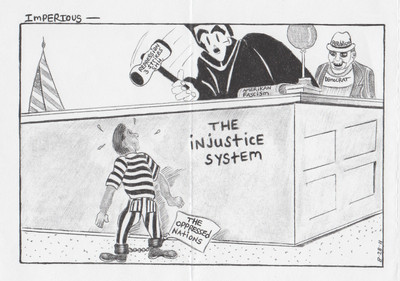
Agreement to End Hostilities is the Main Struggle in CA
In early December 2014, we received a letter from a comrade who had
recently run into a number of revolutionaries who had been held in
Pelican Bay SHU since it opened in 1988. He wrote,
I am writing to say thank you for all of your work and all that you do for us convicts, political activists, freedom fighters and all parties of the struggle. The last hunger strike achieved a lot. Many of the political prisoners housed in Pelican Bay have been released, due to the step down program. Some have been released to step 5 – mainline. Others step 3 and 4 at Corcoran I, or Tehachapi SHUs. But they are close to getting out there. I had the pleasure of talking with [a handful of these comrades] on the bus from Pelican Bay. All of the individuals mentioned had been in Pelican Bay since it opened in 1988, and had arrived from Tehachapi.We spoke candidly about many things and all parties expressed a deep desire to push and maintain the Agreement to End Hostilities. Even the youngsters smiled and saluted the end to the senseless racial violence of old. For we can overcome obstacles and achieve our definite chief aims by understanding the true cause of our racial divides, which were always perpetuated by the administration to bring about our demise.
Our 20 representatives are doing a great job to maintain order and a common goal. By 2017 or 2018 the entire leadership from all sides should be out. Once that happens I would love to see all political and revolutionary parties establish a round table, power house, to jointly and successfully build the most powerful revolutionary structure the United States have ever known.
We are pleased that some of the leaders in Pelican Bay will be gaining relief from decades of solitary confinement soon. But we need to be clear that the Step Down Program being employed will not have an overall positive effect. In the article “(Un)Due Process of Validation and Step Down Programs” from ULK 41, cipactli explained how the Step Down Program to get out of isolation actually legitimizes the validation process, and why they will not be participating in it. And there is still no plan by the state of California to shut down the torture cells altogether, as new prisoners continue to fill the empty spots. Even this comrade notified us of plans for another strike in Corcoran where the state has not upheld its end to the agreement made after the 2012 strikes. Getting some people out of the torture cells may create opportunities, but alone it doesn’t change the conditions overall. We must push a campaign of total abolition of the SHU.
All that said, the Agreement to End Hostilities continues strong, and we were glad to receive word of some of these comrades regaining humane conditions on the mainline where their important work can have more impact. Without the end to hostilities between prisoners, there is little hope of ever ending torture in California prisons. Recently, comrades from the New Afrikan Revolutionary Nationalism (NARN) Collective Think Tank (NCTT) in Corcoran SHU put out a good article reinforcing the strategic importance of the Agreement to End Hostilities as well.(1) Below are some excerpts.
They intentionally pit the New Afrikan prisoner against the Mexican prisoner, the prisoner from the North against the prisoner from the South, the European prisoner against the New Afrikan prisoner, the young prisoner against the old prisoner, the Kiwe against the Damu, the folks against the people, the European have-nots from one group against the European have-nots from another – and for decades WE ALLOWED them to do this to us.
They used our antagonisms, antagonisms born of this system they created, as a basis to erect torture units – Security Housing Units (SHUs) – and a system of mass incarceration which continues to devastate the working class and the poor. They broadcast our conflicts and contradictions to an uninformed public to secure ever larger portions of the social product (taxes), further enriching themselves, their industry and their labor aristocracy – as we were further dehumanized and despised.
Just like the slaves of the chattel era, many of us helped them out by embracing this fiction, these manufactured categorizations, and fought each other with delusional gusto, as they built a monolith of money and political power in pools of our blood… until the Agreement to End Hostilities was announced; and just like that – hundreds of years of capitalist institutional exploitation was immediately put in jeopardy.
“Only social practice can be the criterion of truth … Marxist philosophy holds that the most important problem does not lie in understanding laws of the objective world and thus being able to explain it, but in applying the knowledge of these laws actively to change the world.” – Mao Zedong
Correct ideas come only from social practice. In two short years since the Agreement to End Hostilities was enacted by a relatively small population of prisoners, it has manifested itself into a social force which has accomplished the liberation from SHU of some of the most severely tortured prisoners in the history of modern imprisonment.…
The Agreement to End Hostilities offers our communities the opportunity to confront and overcome our own internal contradictions while forging new areas of social cooperation from which closer and more harmonious relationships may emerge.
“This new humanity cannot do otherwise than define a new humanism both for itself and for others. It is prefigured in the objectives and methods of the conflict. A struggle which mobilizes all classes of the people and which expresses their aims and their impatience, which is not afraid to count almost exclusively on the people’s support, will of necessity triumph.” – Frantz FanonWhen social cooperation is strengthened, state power and oppression is always weakened. Our capacity to manufacture and mobilize underclass political power – not to validate the bourgeois political process but to expose its contradictions, truly democratize its mechanisms and reclaim our human right to influence society – will determine if we are collectively capable of conquering our rights. Abolition of the slavery provision of the 13th Amendment means the abolition of prisoner disenfranchisement, instantly transforming the prisoner class into a constituency.
The main thesis of this article by the NCTT comrades is that the Agreement to End Hostilities can be a basis for ending the legal enslavement of prisoners. We have some differences in strategic focus, as we see focusing on the enforcement of the First and Eighth Amendments as more important to building a struggle for a just society than repealing portions of the Thirteenth.(2) Speaking to this point, the article even points out that, “it is not the inhumanity of systematic torture in indefinite SHU confinement which is deemed criminal; it is our protesting against the inhumane practice which is criminalized.”
We agree with the overall analysis of the NCTT, which addresses the many ways that the lumpen, migrants, and oppressed nations in general do not have full citizenship rights in the United $tates. As a result they do not have full vested interest in the maintenance of this government and economic system. And from there we conclude the importance of the Agreement to End Hostilities in prisons, and extending that to the lumpen on the streets, as building a motive force for social change.
That is what the Agreement to End Hostilities and the United Front for Peace in Prisons are and always have been about: transforming society. Less fighting amongst prisoners is not our end goal; it is a step towards reaching our goals. These goals that have been kept from the oppressed and concealed through manipulations by the oppressor nation in this country. And that is why independence is one of the five principles of the United Front for Peace in Prisons. The criminal injustice system exists to prevent us from working together to end the hegemony of the oppressor.
Campaign info:
Build a United Front for Peace in Prisons
Agreement to End Hostilities
Related Articles:This article referenced in:




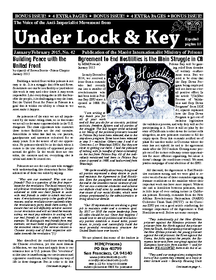
 Download printable PDF
Download printable PDF




